2 0 2 3 - 0 2 - 1 0 H e i d e l b e r g S t u d y 0 1
About translation
The text has been written in three idioms, in the following order: German, English, French.
I labeled those versions "transpositions" - not "translations" - to emphasize the fact,
that each was created, without using a translator module - e.g. the Google translator - at any stage of task.
The English text was derived from the German version. The French version from the English text.
This process did not involve a sticky word to word correspondence.
Rather, the focus was to convey nodes of ideas, of which expression
may strongly diverge from one language to another, as my experience proves.
In this respect, each version can be called original, in its own right.
French comes first: it is my mother tongue. English and German - in this order -, as well as other idioms, came later. They may never reach the spontaneity of the language ingrained in first childhood. Strangely enough, in a symmetrical and converse development, the primary language, as time goes by living abroad, acquires a subtle new taste of strangeness.
-
Motivation
The primary picture no. 1 was shot during an excursion in Heidelberg, in the cable car towards the Königsstuhl (king's chair), a steep topographic elevation in close vicinity of downtown Heidelberg. On the forested hills lies a thick layer of snow that has immersed the landscape in white transparency underlined by dark tree silhouettes. Into the undistinguished white, their lines write cyphers of an anonymous message.
A software for image treatment generated the series no.2 to no.9. The deeper the algorithms alter forms, the more abstract the pictures. In image no. 9 the original motive is lost beyond recognition, almost vanishing into the pure abstraction of the untold.
For me, all images (no.2 à no.9) have an aesthetic value - despite my total absence in their generation process.
Some weeks ago, I read about a controversy concerning a module of Artificial Intelligence (AI) having been awarded a price of art. (The jury had not been previously informed about the circumstance, that some presented works had been digitally generated). According to detractors, numerical algorithms are totally unable to create art and therefore, should have been banned from the competition in the first place.
Indeed, numerical treatment modules - today and even more in the future - challenge our understanding about art and who is supposed to be "the artist". But, to assert that only a "natural person" is capable of producing art does not dig deep enough into the rabbit hole.
Since time immemorial, people have been using tools to bring forth aesthetic objects - whichever motivation lay behind. Can the degree of sophistication of tools, passed a given limit, reset the game? How is such a question meaningful?
In the past - say during the Renaissance or the Baroque epoch in Europe -, technical virtuosity played a major role in appreciating artifacts, along with well defined representation canons supposed to express ideals of beauty and sublimity. Since then however, the day-to-day practice as well as the overall matrix of thoughts have evolved in all disciplines so radically that one may even genuinely conclude that "the modern civilization has entered realms unknown to any other civilization of the past". That is also true for arts. In the aftermath of this revolution, canons and ways have split in all directions. Nowadays, an increasing number of artifacts is produced with little active and conscious participation of their alleged authors. In terms of evaluation, technical capabilities have given way to much more ethereal characteristics like suggestive power, originality, ability to evoke unknown ways of seeing things. Those new categories are not perceived negatively as short-comings or deficiency - as it may have been the case in prior times.
The represented series refers a.o. to graphic works by Andy Warhol, especially his portraits of the American actress Marilyn Monroe - which have become part of the collective memory. Does an alleged mastery of graphic techniques play a major role in the appreciation of Andy Warhol's works? More important seems to be whether his artifacts will touch the observer in some way. The interaction is not closely connected to a preconceived notion of the beautiful or the sublime though. Rather it is defined in a much broader sense extending to ALL contents dwelling in the mind - not only an individual mind, but the Human Mind. The non-formal, the abstract, the ugly, the monstrous and - even stranger - the dull in all-day routines - and their alienation.
The most radical way to express it: every object is (potentially) a work of art, regardless of its initial purpose and way of generation. One of the most prominent advocate of this general thesis was the artist and theorist Joseph Beuys. There are older cases though - see e.g. Marcel Duchamps' fountain.
According to such premisses, following assertions become quite reasonable:
-1- Artifacts produced by or in cooperation with animals belong to Art. (Some animals have already their Gallery - cf. Elephant Art Gallery.)
-2- Artifacts produced by computer algorithms are indeed works of art.
In my opinion, the question of art in the animal kingdom deserves an entirely separate treatment. Its conclusions could be more "devastating" as any other consideration about art so far, because they may deconstruct one of the strongest bastion of the species "uniqueness", whether it be homo sapiens or it belong to the Homo genus: art. (The kings and queens of God's Creation would finally be naked, as in their very first days.)
As for computer art, still there are people behind algorithms. And even if, some day, deep learning goes so far as enabling software to generate even more sophisticated software, all the data they need, will still stem from the Human Mind which encompasses conscious and unconscious contents and their archetypes.
Probably, more and more artifacts will emerge out the digital ocean without clear links to any purposeful doing, conjugating multiple contingent factors. A return to the humility of ancient times - as works of art were not primarily the expression of extraordinary skilled egos, but rather witnesses, traces of a collective way of living? In such a world, the desire for competitions will fade away: they would restrict more and more to a tiny circle of participants selected under strict conditions (e.g. the use of algorithms is banned). As such, won prices would bear little insight into the general state of arts.
-
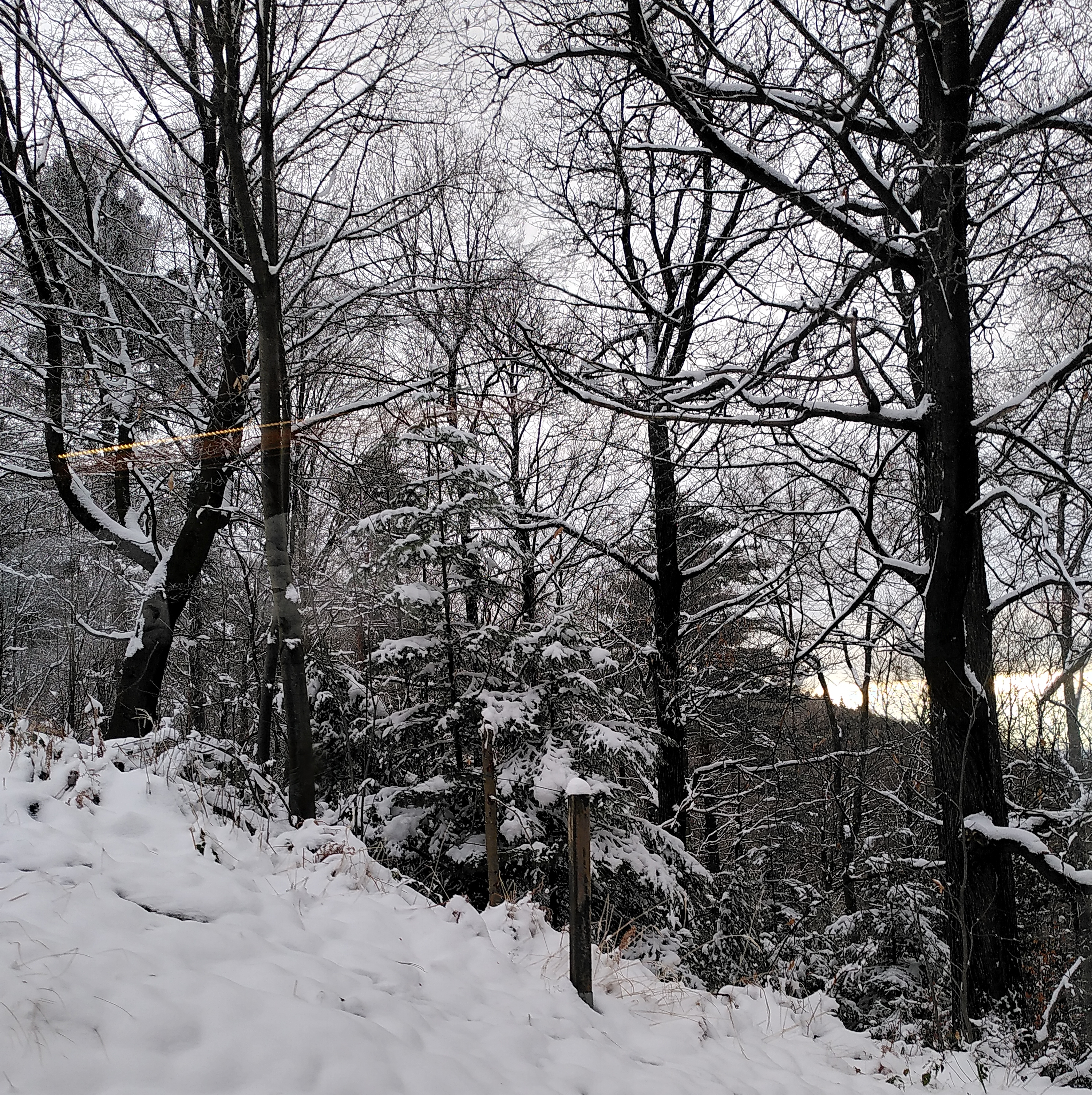
01
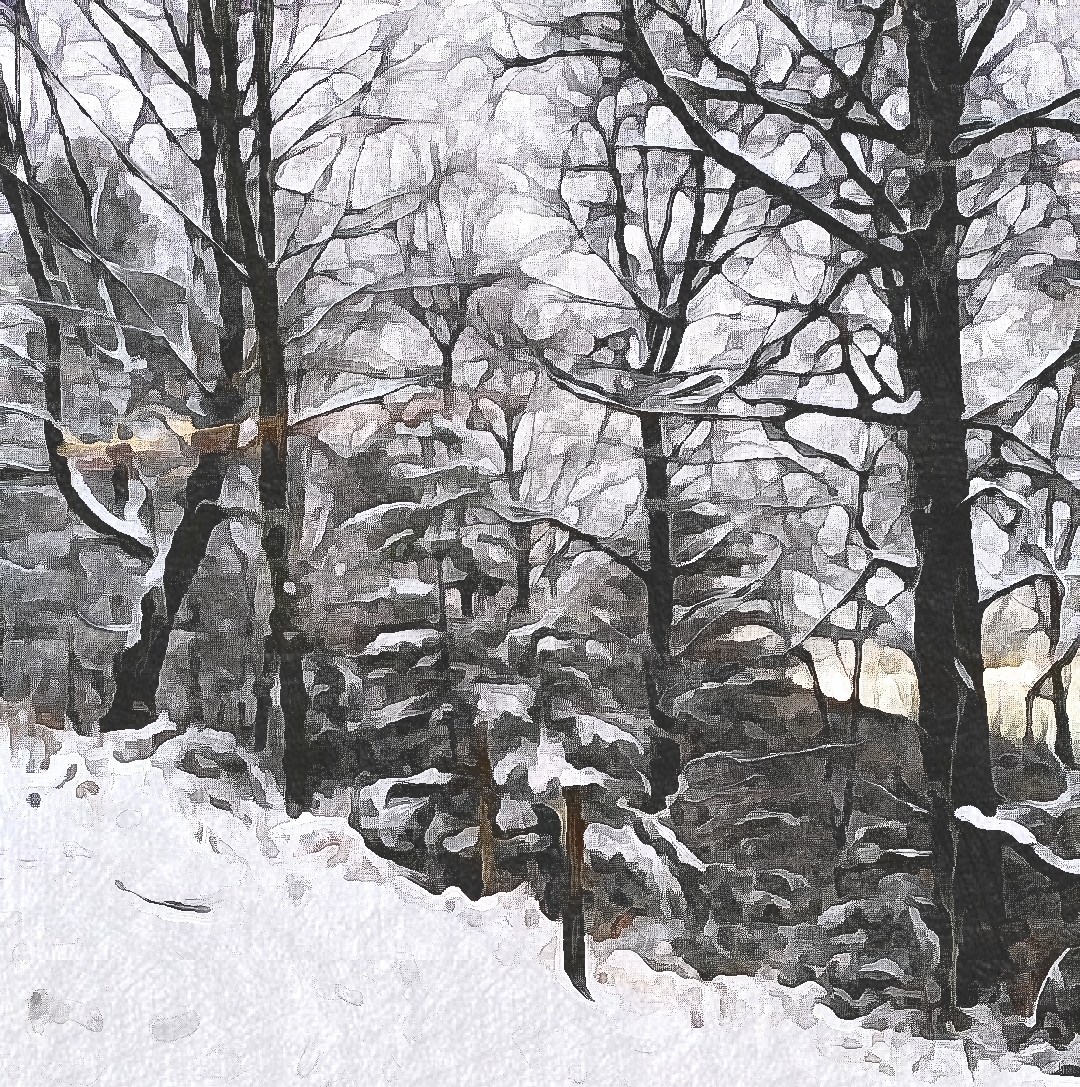
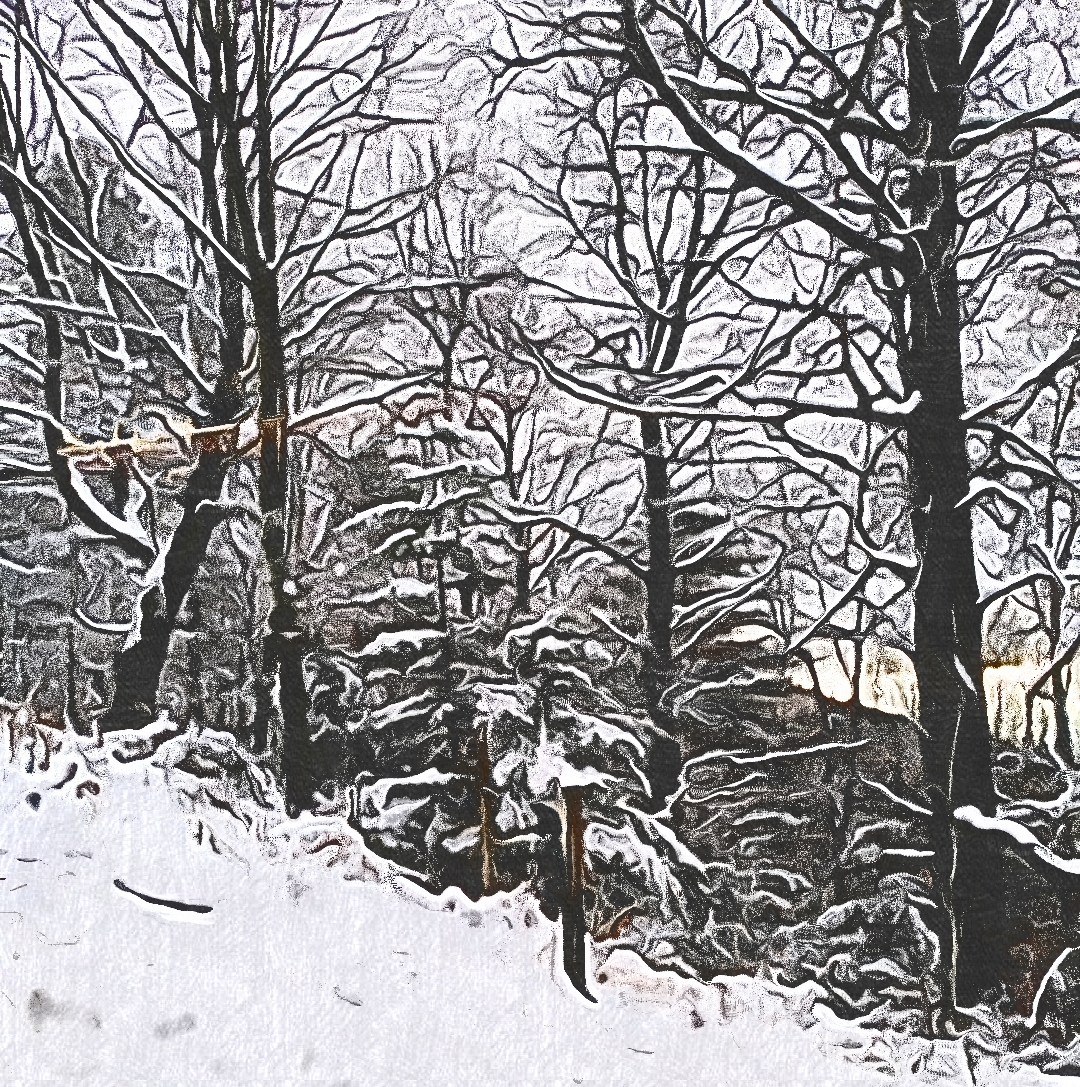
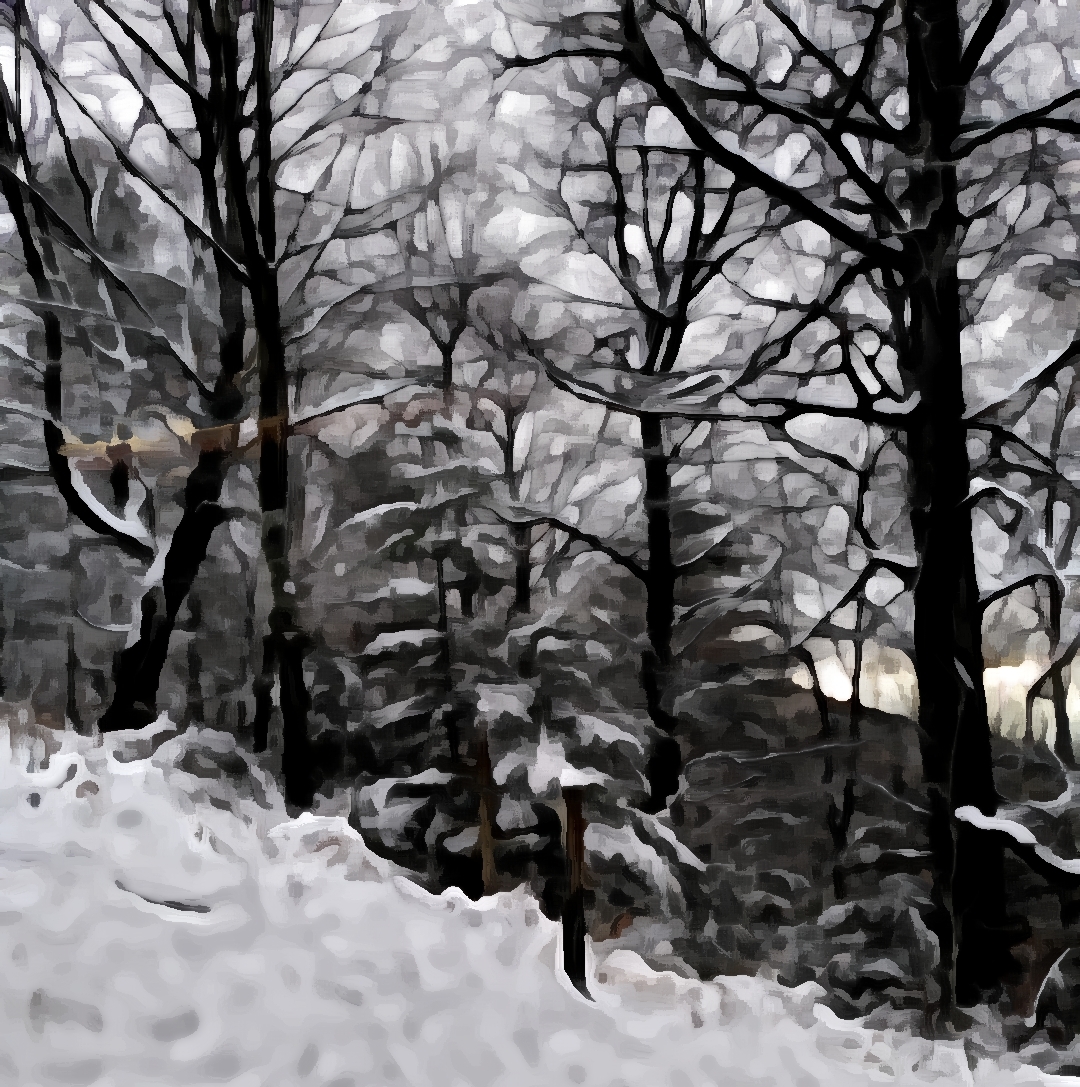
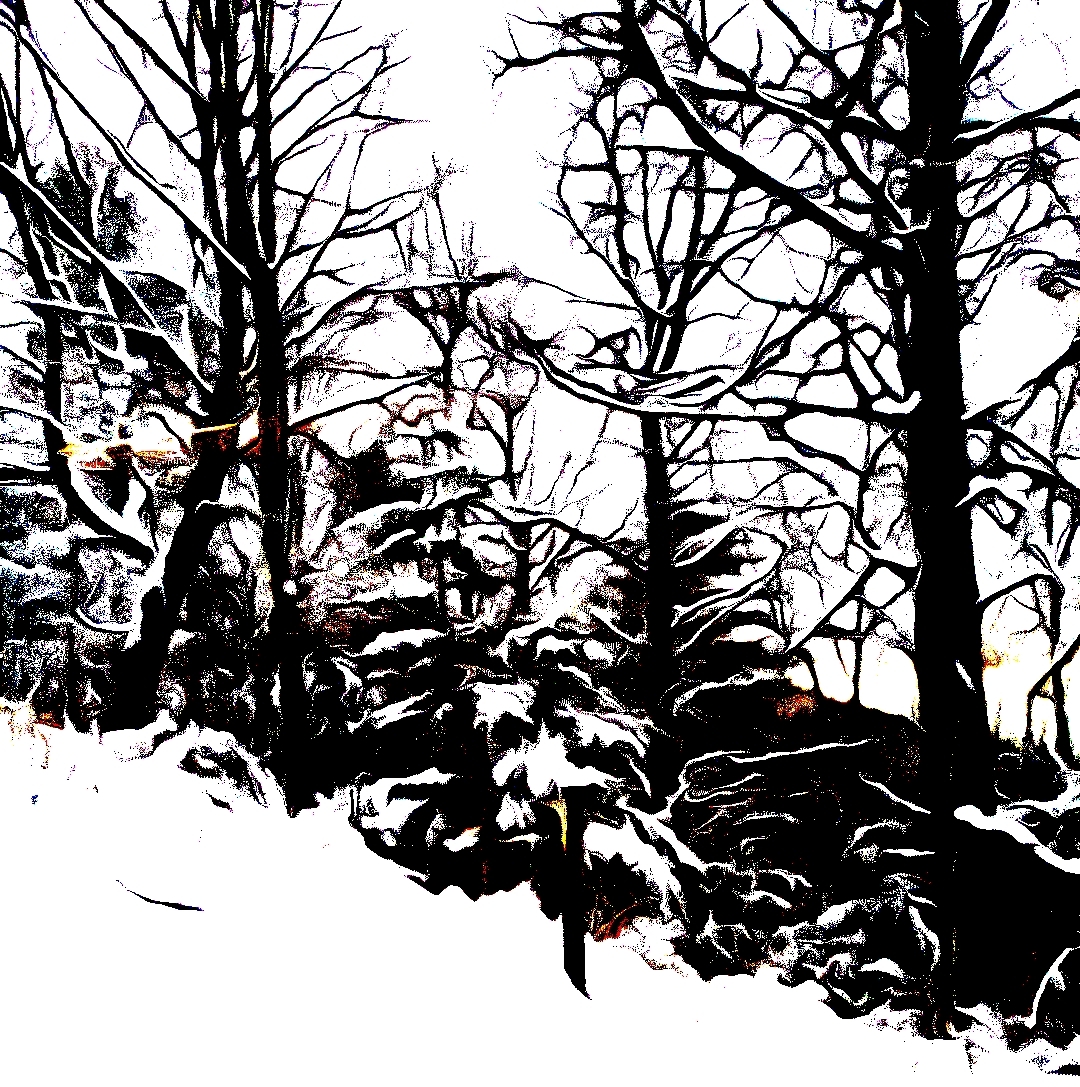
02 03 04 05 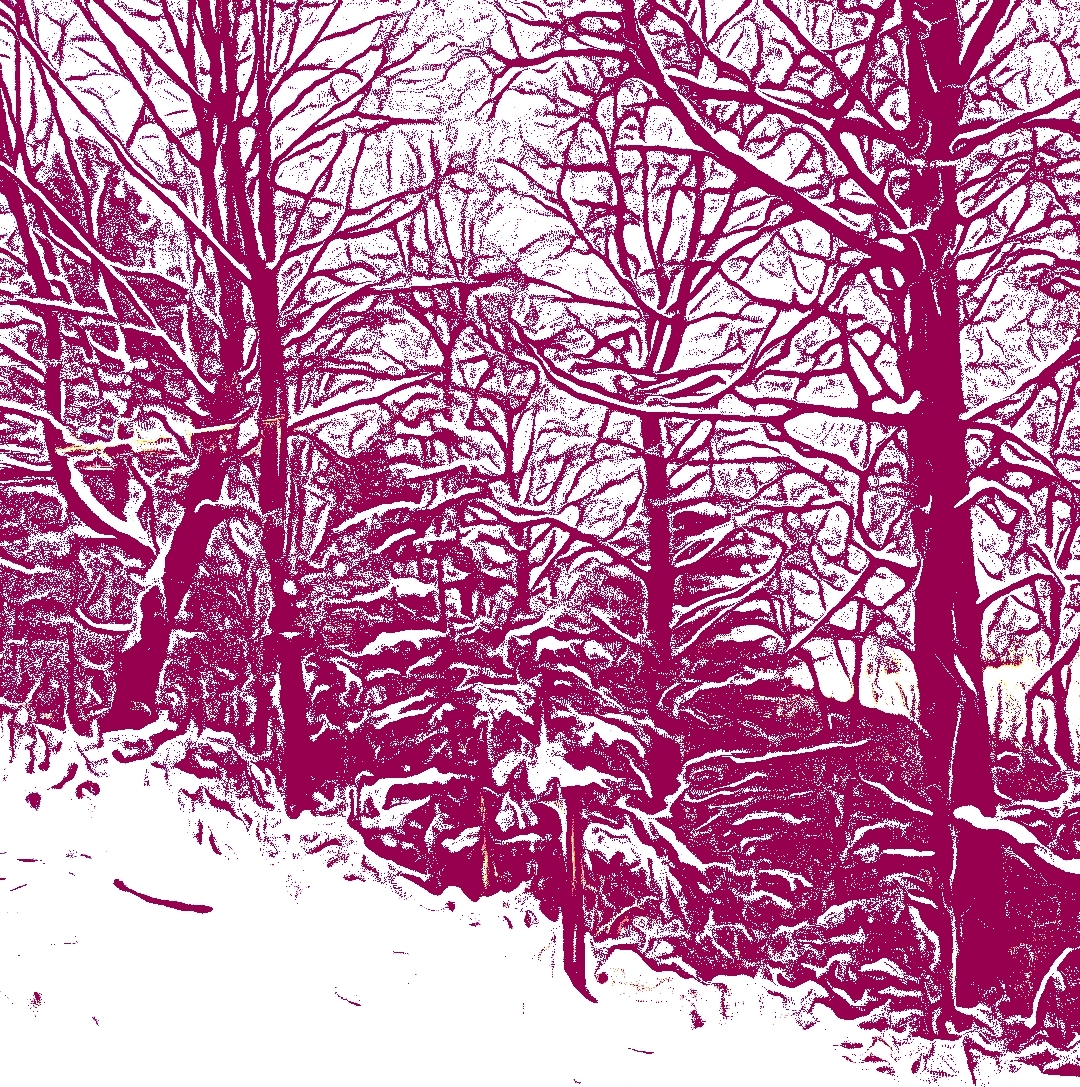
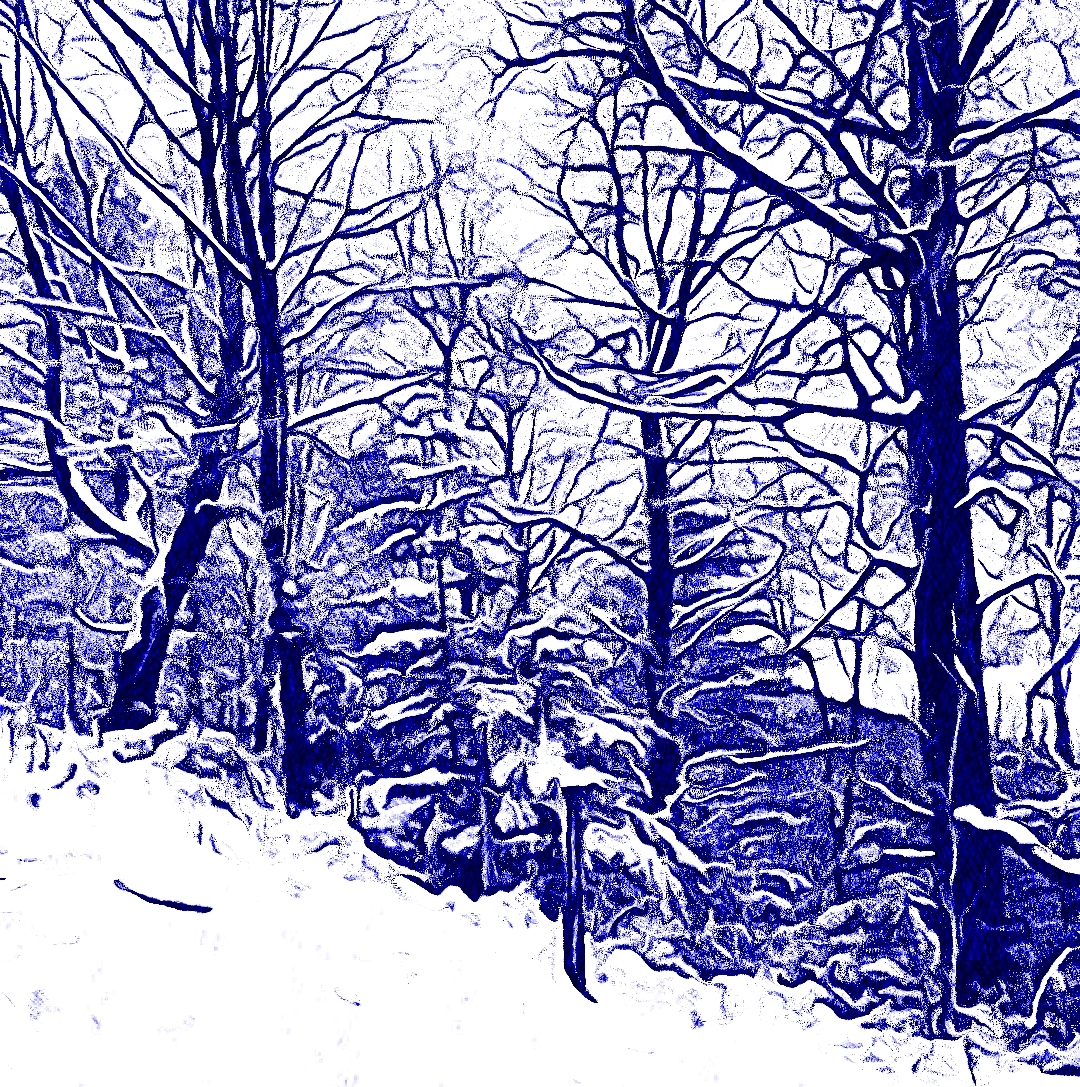
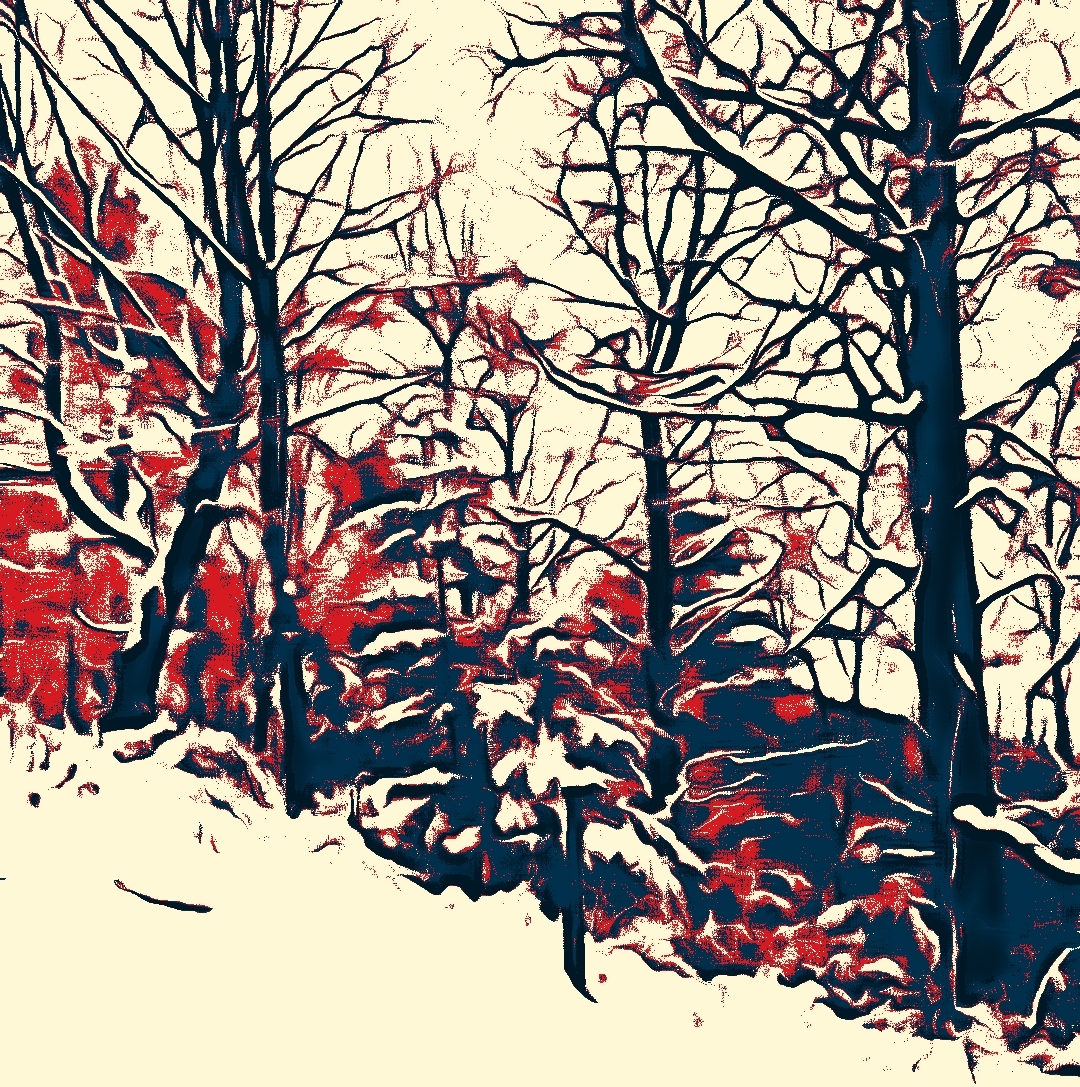
06 07 08
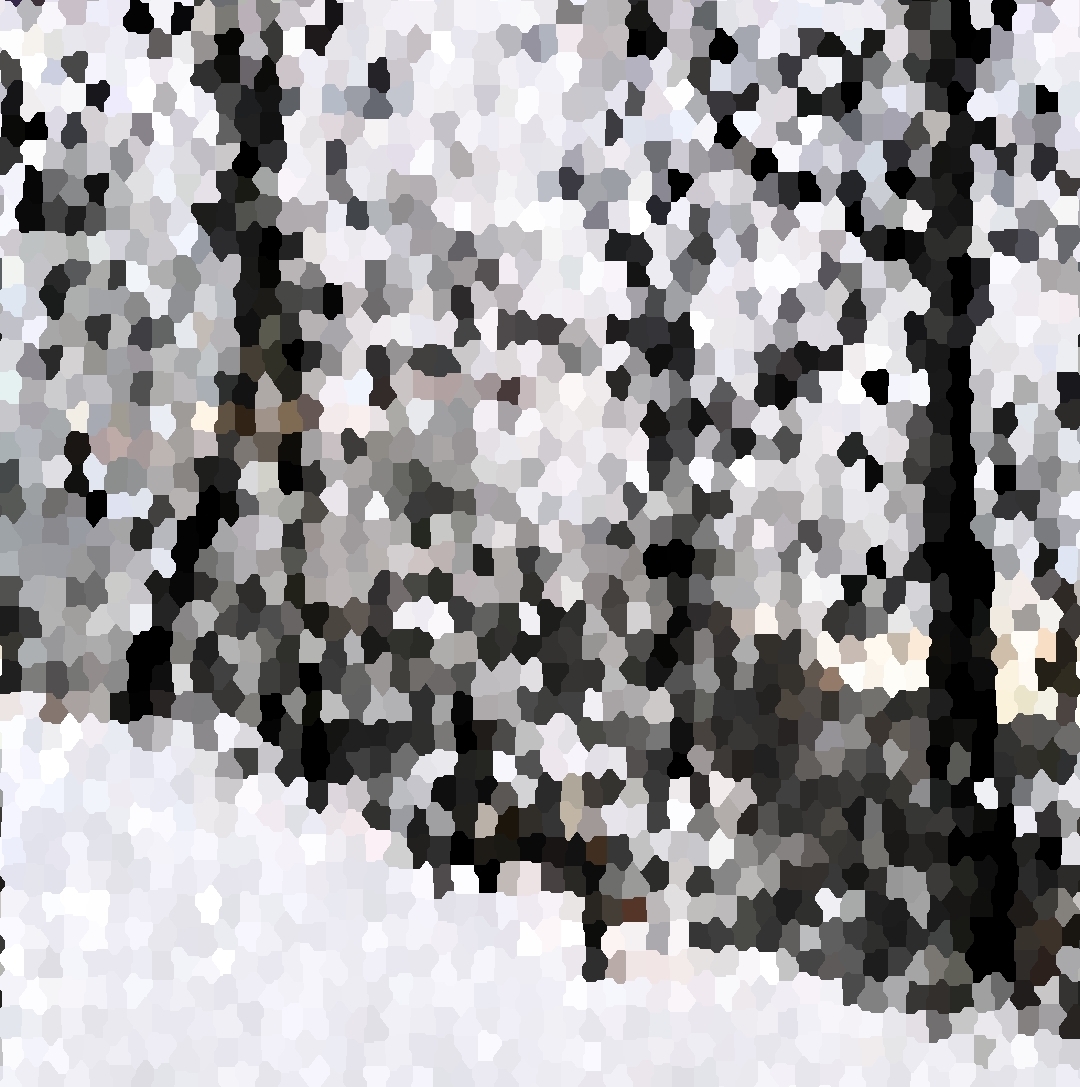
09
-